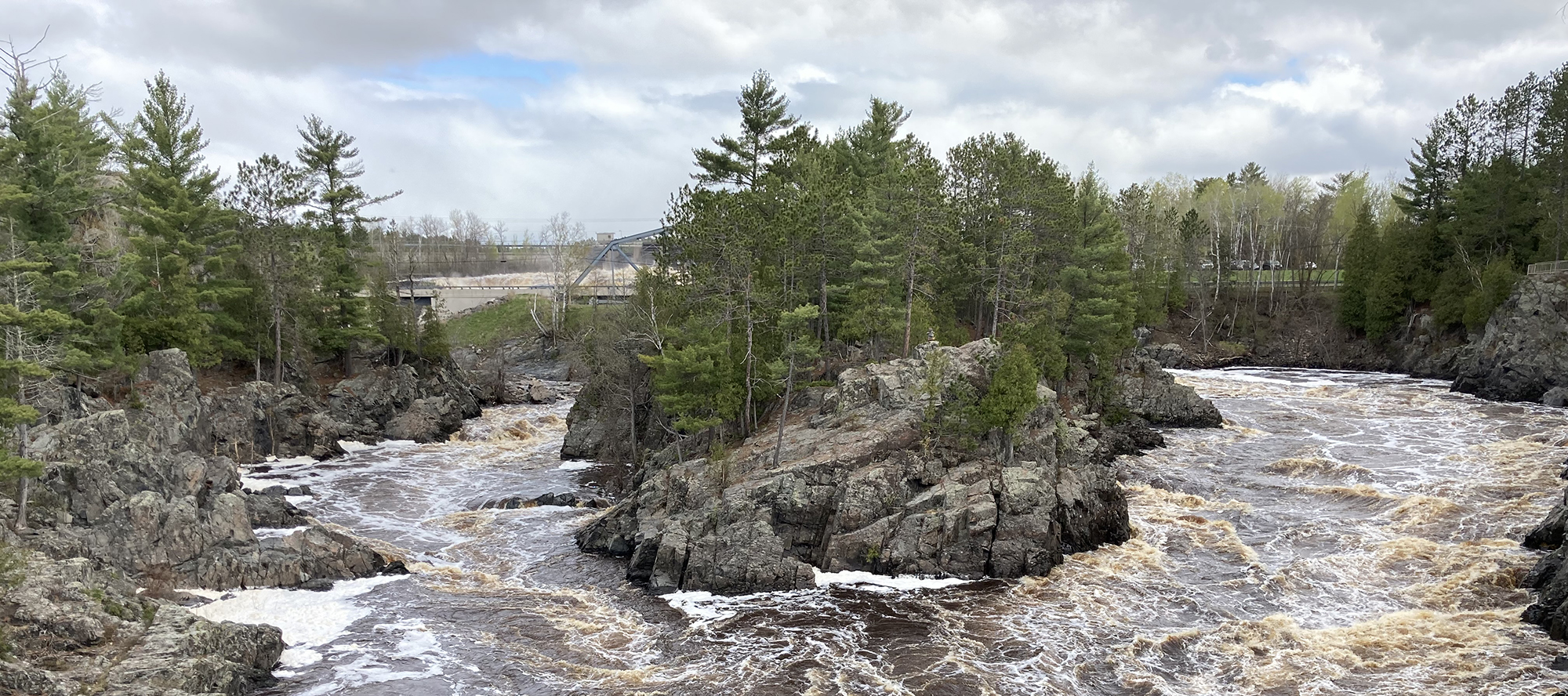Great Lakes Aquaculture Products Featured on Capitol Hill
2023 NOAA Sustainable Seafood Celebration, Washington D.C. Great Lakes Aquaculture Collaborative booth team from left: Chiara Zuccarino-Crowe, Amy Shambach, Peter Fritsch, Ashtyn Chen, Don Schreiner, Nicole Wright. Image credit: Lori Argulles/NOAA.
In June 2023, fish and seafood raised in the Great Lakes region got a bit more name recognition in our nation’s capital among legislators, their aides, and staff from federal resource agencies during the Sustainable Seafood Celebration, a coast-to-Great Lakes-to-coast seafood cooking and tasting event.
